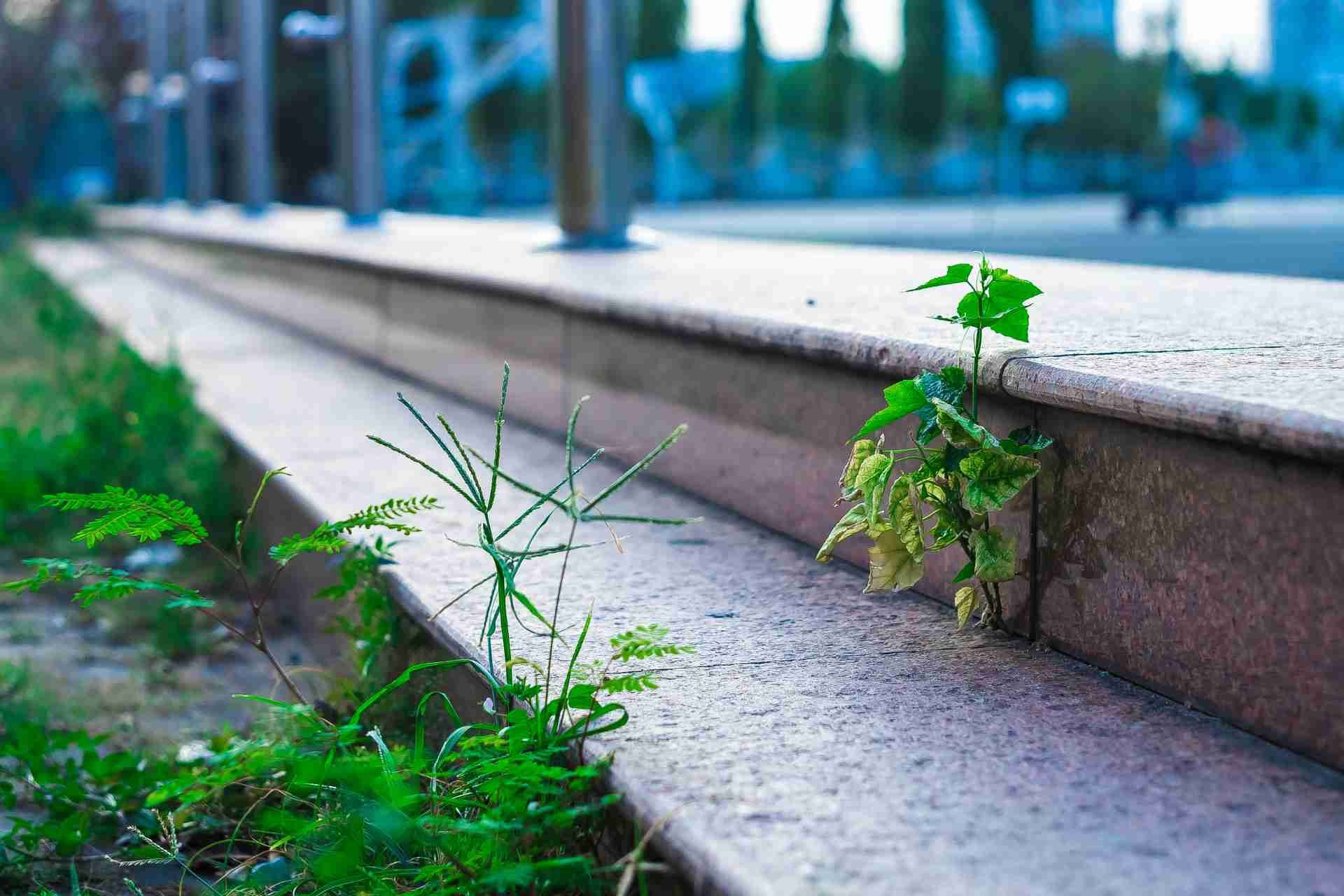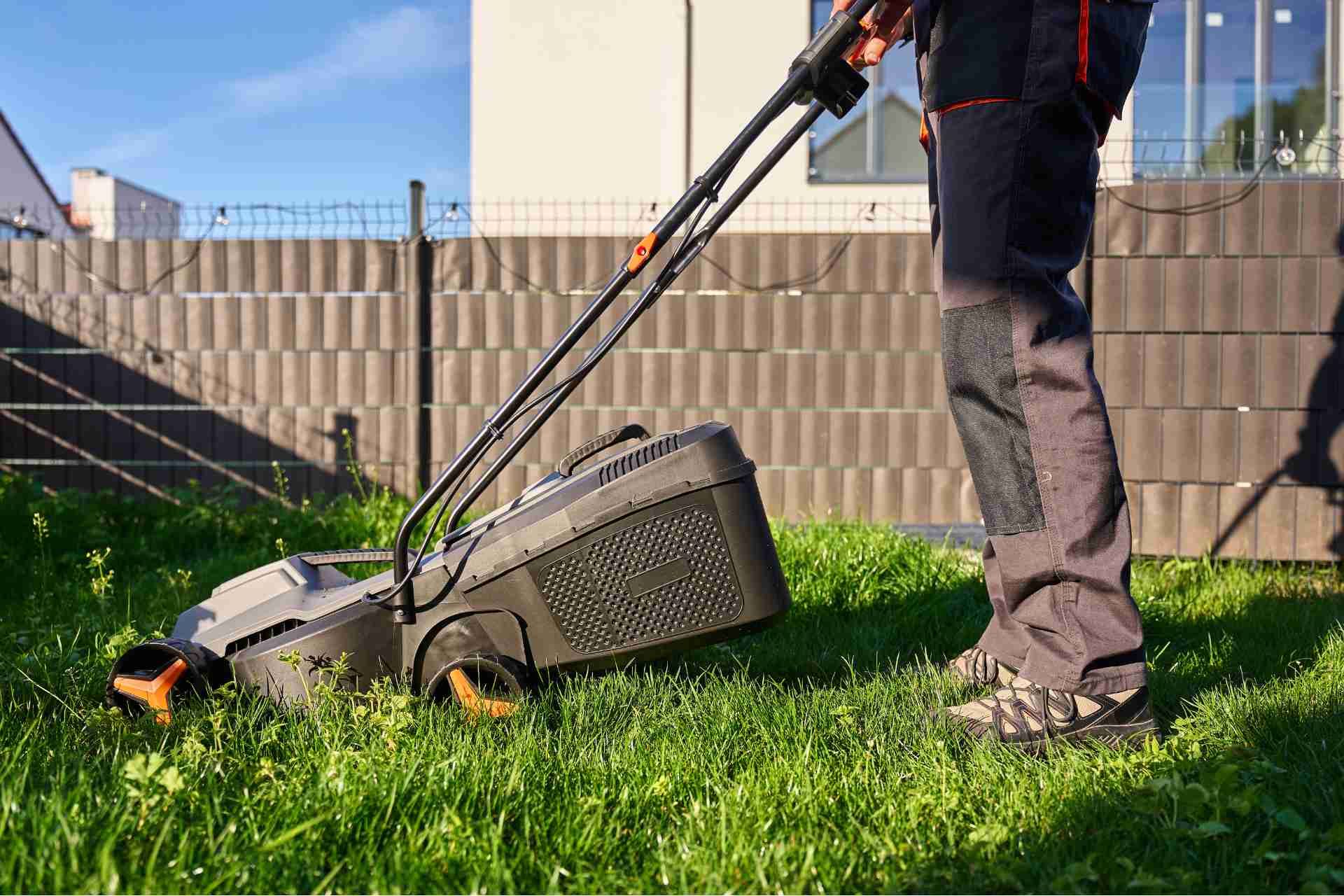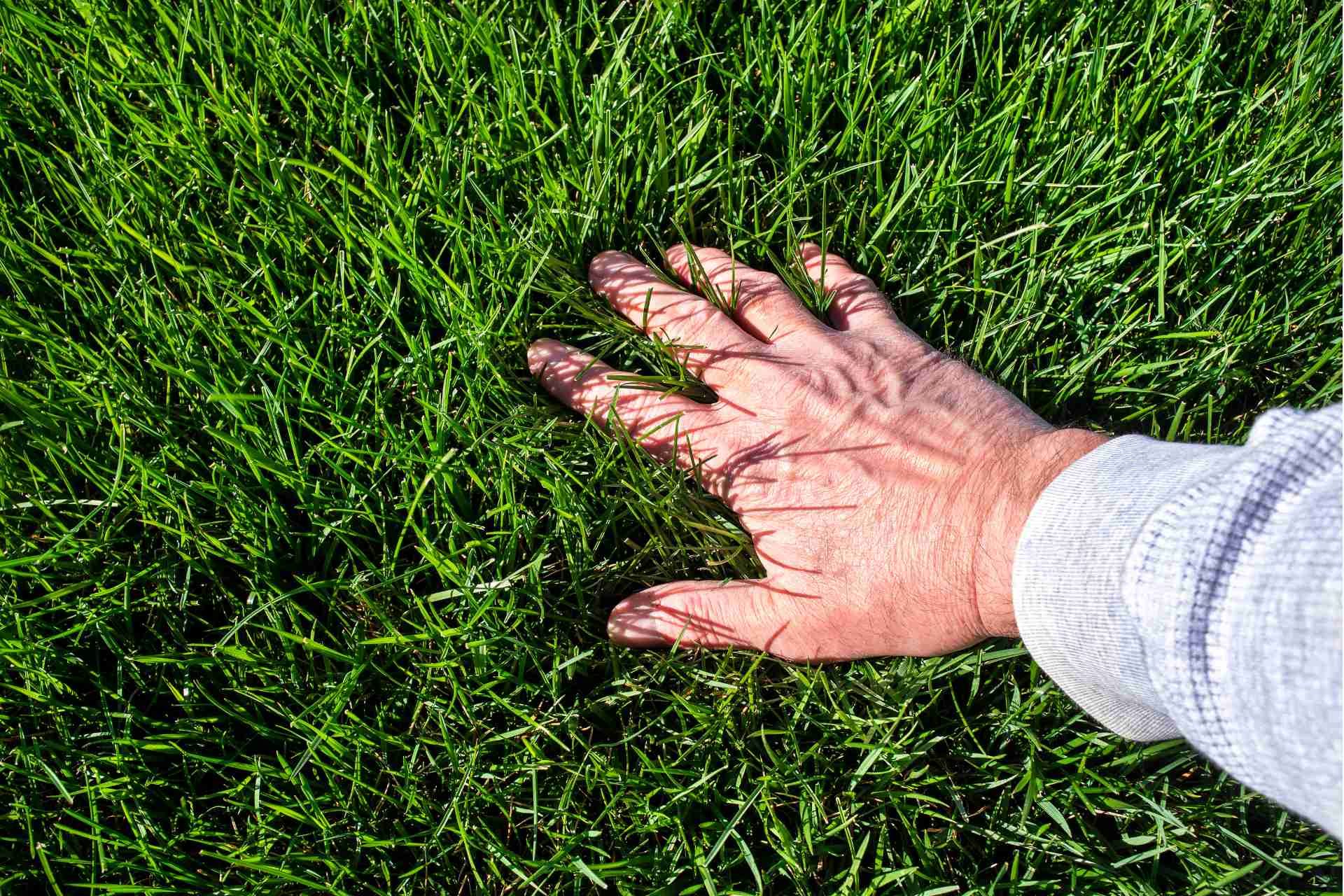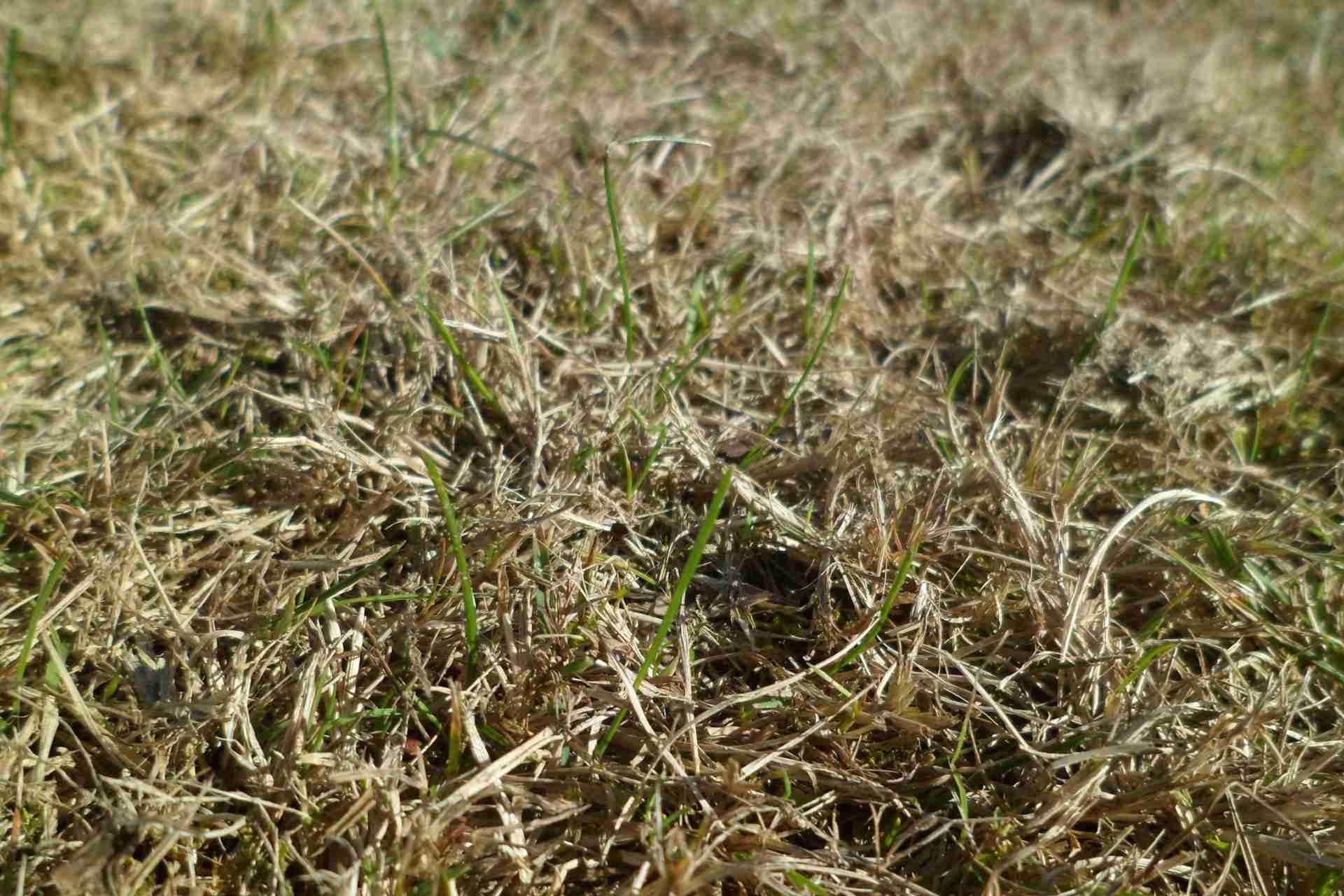How to Improve Lawn Soil Naturally

Improving your lawn soil naturally can make a significant difference in the health and appearance of your grass. By focusing on organic methods, you not only enhance soil quality but also promote a sustainable environment. From assessing your lawn's current condition to incorporating organic matter, there are several steps you can take. Understanding the role of soil pH is crucial, too, and it’s just the beginning of creating a thriving lawn. What comes next?
Assessing Your Lawn Soil Quality
How can you tell if your lawn soil is healthy? Start by checking its color and texture. Healthy soil is dark, crumbly, and rich in organic matter.
You’ll want to dig a small hole and feel the soil; it should be moist but not soggy. Look for earthworms and other beneficial organisms, as they indicate good health.
Next, test the soil pH using a simple kit. Ideally, your lawn soil should be between 6.0 and 7.0 for optimal grass growth.
Lastly, consider a soil nutrient test to assess nitrogen, phosphorus, and potassium levels. By evaluating these factors, you can gain insights into your lawn’s needs and make informed decisions about improvements.
Healthy soil is the foundation of a thriving lawn!
Enhancing Soil Structure With Organic Matter
To improve your lawn’s soil structure, incorporating organic matter is essential. This can be achieved by adding compost, well-rotted manure, or leaf mold.
These materials not only enhance the soil's texture but also boost its ability to retain moisture and nutrients. As you work the organic matter into the top layer of your soil, you'll notice improved aeration, which promotes healthy root growth.
Aim for a depth of about three to four inches of organic matter for best results. Additionally, consider practicing crop rotation and planting cover crops to further enrich your soil over time.
The Role of Soil Ph and Nutrients
Soil pH and nutrient levels play a crucial role in the health of your lawn. A balanced pH, ideally between 6.0 and 7.0, ensures that your grass can effectively absorb nutrients.
If your soil’s pH is too high or too low, it can hinder nutrient availability, leading to poor growth. To check your soil's pH, you can use a simple test kit.
Nutrients like nitrogen, phosphorus, and potassium are essential for vibrant, lush grass. If your soil lacks these key elements, you'll notice signs of deficiency, like discoloration or stunted growth.
Regular testing and understanding your soil's needs help you create a thriving lawn, ensuring it's healthy and beautiful all year round. Taking these steps can significantly enhance your lawn's vitality.
Utilizing Natural Fertilizers and Amendments
Natural fertilizers and amendments can transform your lawn by enhancing soil quality and promoting healthy grass growth.
You can start with compost, which enriches your soil with nutrients and improves its structure. Try adding well-rotted manure, too; it’s rich in nitrogen, perfect for boosting grass health.
Bone meal is another great option, supplying essential phosphorus for strong root development. You might also consider using grass clippings as a natural mulch, returning nutrients to the soil while suppressing weeds.
Don't forget about seaweed or fish emulsion, as they can provide trace minerals that improve overall plant vigor.
Implementing Sustainable Lawn Care Practices
While you might be eager to achieve a lush lawn, implementing sustainable care practices is essential for long-term success.
Start by mowing high; this encourages deeper roots and helps the grass retain moisture. Instead of using chemical pesticides, consider natural alternatives like neem oil or insecticidal soap to manage pests.
You should also practice proper watering techniques—water deeply but infrequently to promote drought resilience. Incorporate native plants into your landscape; they require less maintenance and provide habitat for beneficial wildlife.
Lastly, embrace composting to recycle organic waste, enriching your soil naturally.
Conclusion
Improving your lawn soil naturally is all about incorporating organic matter, testing your soil pH, and using natural fertilizers. By enhancing soil structure and ensuring balanced nutrients, you create a thriving environment for grass to grow. Don’t forget to implement sustainable practices like mowing high and watering wisely. With a little effort and patience, you’ll enjoy a lush, healthy lawn that not only looks great but also supports the environment. Start today for a greener tomorrow!









